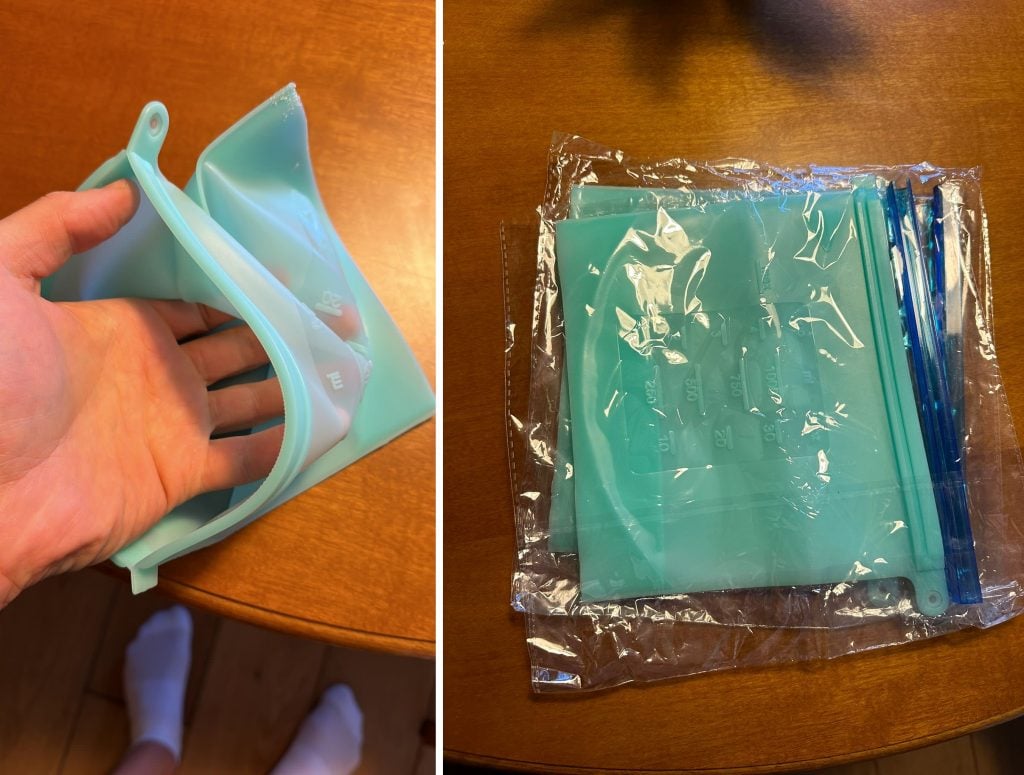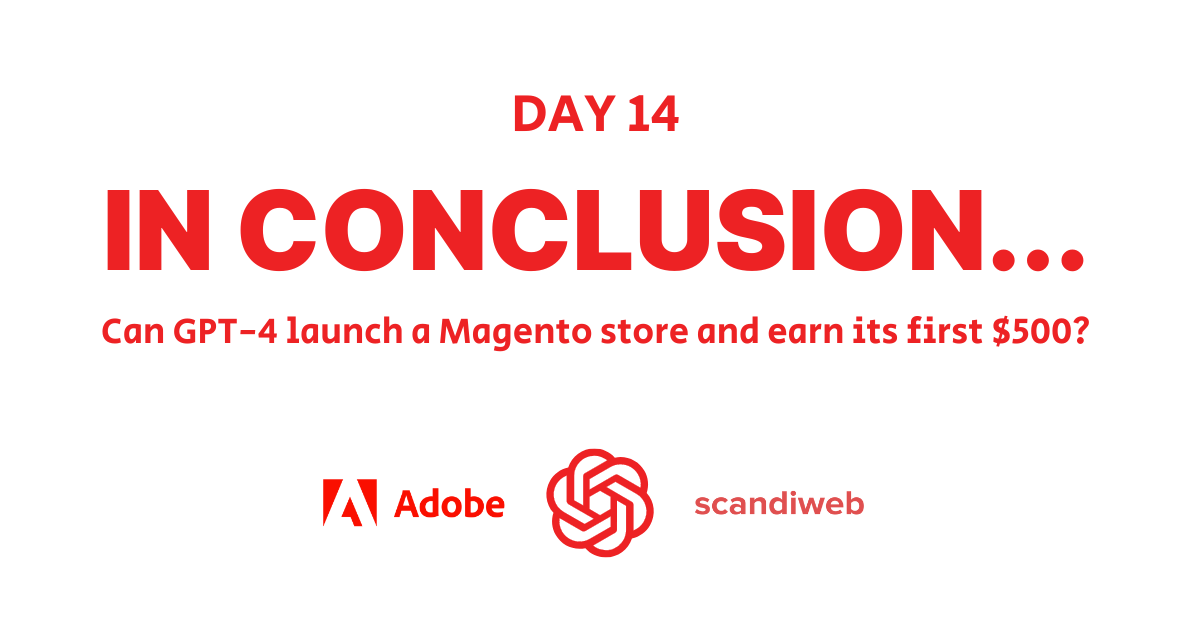Two weeks ago, I embarked on a daring experiment. I asked GPT-4, the most advanced artificial intelligence model by OpenAI, to take the helm of an online store. AI named the store EcoSiliconeBags, and I promised to follow the AI’s guidance faithfully and set an ambitious goal to generate $500 in sales. Here’s a brief recap of how it went!
Initial steps, launch, and advertising
Within seconds, the AI model took charge, named itself Alex Green, and defined its persona and mission. The digital eco-conscious entrepreneur decided to sell silicone bags to combat the plastic waste issue, appealing to a broad, eco-friendly audience.
Following AI Alex’s guidance, we went through all steps of setting up an online store, from niche selection, product sourcing, and website development on Adobe Commerce with ScandiPWA to creating marketing materials and establishing a social media presence.
Alex suggested Instagram as our primary advertising platform. We conducted a series of paid advertising campaigns, constantly tweaking and optimizing the ad visuals, copy, target audience, and budget allocation according to Al Alex’s instructions.
Look back at the whole journey here!
← Day 1: Defining the business niche and product and meeting the boss
← Day 2: Platform selection and branding
← Day 6: Banner & Instagram updates
← Day 8: PPC & Instagram strategy
← Day 11: Paid ad optimization
Experiment results
Over the two-week period, the campaigns yielded a total of 25,000 impressions and drove traffic to our website. However, the conversion rate remained low. I used external resources and contacted the TrafficDog team for paid advertising support. Eventually, we achieved a breakthrough: our first sale! A small victory but a significant one, marking the potential of the AI-driven approach.

The good, the bad, and the reality
AI showed its strength in generating ideas, creating narratives, and providing structured guidance. It navigated through obstacles with agility and came up with innovative solutions, exemplifying data-driven decision-making and adaptability. AI nailed the technical part and product building. We must remember that GPT-4 knowledge cut is September 2021, and we can speculate that such aspects haven’t been affected by drastic change; therefore, AI could successfully guide us here.
However, there were challenges. Budgeting and campaign optimization required human input and a degree of trial and error. AI could analyze data and propose strategies, but understanding nuanced user behavior and making more complex strategic decisions was sometimes outside its scope. Once again, the knowledge cut. Inflation, recession, and everything else are directly affecting digital advertising. Although AI could demonstrate analytic capabilities, the advertising strategies were simply too optimistic for 2023.
Can AI successfully launch an online store and generate profit?
The answer is: yes and no. AI can be a powerful tool in guiding the process, providing ideas, and even offering emotional expression. However, as of now, it cannot entirely replace human judgment, creativity, and understanding of complex market dynamics.
The goal of generating $500 was ambitious and has not been reached yet, but I see promise in the single sale we made. It indicates the potential of the AI-driven approach, suggesting that significant success is within reach with larger budgets, more time, and a closer human-AI collaboration.
In conclusion, this experiment shed light on the immense potential of AI. It may not yet be ready to run a business entirely on its own, but it can certainly be a valuable co-pilot, enhancing efficiency and sparking innovation. However, I’m confident that with every new release, the tool will gradually be able to take over entirely.
Meanwhile, I’m looking forward to further exploring the exciting intersection of AI and eCommerce!


Share on: